Active Ingredients
Safety Data Sheets
Labels & Manuals
Directions for Use
It is a violation of Federal law to use this product in a manner inconsistent with its labeling.
STOP Do not allow children or pets into the treated area until dry.
- Do not water the treated area to the point of runoff.
- Do not make applications during rain.
- Application is prohibited directly into sewers or drains, or to any area like a gutter where drainage to sewers, storm drains, water bodies or aquatic habitat can occur. Do not allow the product to enter any drain during or after application.
In New York State, this product may not be applied to lawns within 100 ft of a coastal marsh, or stream that drains directly into a coastal marsh.
HOW TO APPLY:
Determine the size of the spraying job. For lawns, measure the area to be sprayed. For trees, shrubs and flowers, apply as a thorough cover spray. Begin treating when insects first appear. Applications should be repeated only as directed to maintain control. Apply as directed. Remember, thorough coverage is important. Be sure to follow the important use limitations for the specific vegetable you are treating, including the amount of spray that can be applied, the interval between treatments and the days to wait before harvest.
USING THE READY SPRAY NOZZLE:
- Shake container well before using.
- Connect a garden hose to the sprayer nozzle. Make sure switch is fully forward in the "OFF" position.
- Turn on water at faucet. Extend hose to the farthest area to be treated and work back toward the faucet so you don't come in contact with the treated area.
- Remove safety tab from sprayer's right side by pulling straight out. Discard or keep for future re-use.
- To BEGIN spraying, point nozzle toward treatment site and pull switch backwards with thumb towards hose connection. Water will automatically mix with the product.
- Spray until wet to control insects. Walk at a steady pace, working back toward the faucet while spraying using an even sweeping motion, slightly overlapping treated areas.
- To STOP spraying, push switch forward with thumb toward nozzle. Turn water off at faucet. To relieve pressure before removing nozzle from hose, pull switch backwards with thumb towards hose connection until water stops spraying.
- To STORE unused product, make sure switch is fully forward in the "OFF" position.
- Re-install safety tab into sprayer's right side. With sprayer in the full "OFF" position, push tab into position.
- Place in cool area away from heat, sunlight or open flame.
NOTE: This product is non-staining to most home siding depending on age and cleanliness. However, before using in areas where the spray may contact home siding (vinyl siding in particular), test in an inconspicuous area and recheck in a few hours. Do not use if any staining is observed.
Lawns
THATCH-INFESTING INSECTS/UNDERGROUND INSECTS
Including blue grass billbug (adult), black turfgrass Ataenius (adult), chiggers, chinch bugs, white grubs (Japanese beetle, European chafer, southern chafer), dung beetle and hyperodes weevils (adult) and mole crickets (nymphs and young adults). Use 1 qt of Cutter Backyard™ Bug Control Spray Concentrate to treat 2,500 sq ft of lawn. For sub-surface insect control (mole crickets, grubs), water treated area with additional ¼ to ½ inch of water for optimum results. Do not apply more than seven times per year per location.
SURFACE INSECTS
Including ants*, armyworms, cockroaches, crickets¥, cutwormsβ, earwigs, fleas, ladybeetles****, lawn moths (sod webworms), millipedes, mosquitoes, moths∞, palmetto bugs, sowbugs, mites^, spittlebugs, lone star ticks, brown dog ticks, American dog ticks, deer ticks (which may transmit Lyme Disease) and waterbugs. Use 1 qt of Cutter Backyard Bug Control Spray Concentrate to treat 5,120 sq ft of lawn. Thoroughly wet down grass a few hours before applying. Delay additional watering or mowing for 24 hours after application for optimum control of surface insects. Do not apply more than 14 times per year per location.
WHEN TO TREAT:
Treat the following pests during the months indicated or when first noticed.
| Jan | Feb |
Mar | Apr | May | Jun | Jul | Aug | Sep | Oct | Nov | Dec |
| Billbugs | Grubs | ||||||||||
| Dung Beetle Grubs |
|||||||||||
| Hyperodes Weevils |
|||||||||||
| Treat ants* and other insects when they first appear or you notice lawn damage. | |||||||||||
* Argentine, southern, field, Allegheny mound, Florida carpenter, red carpenter, black carpenter, cornfield, honey, pavement, nuisance, odorous pyramid, black turf, white-footed, crazy, little black, ghost, thief, acrobat, citronella, big-headed, lawn, lasius | ¥ House, common short-tailed, Indies short-tailed, Arizona, tropical, variable field, fall field, southeastern field, Texas field, spring field, northern wood, western striped, eastern striped, sand field, vocal field, southern wood | ß Black, bronzed, granulate, variegated, greasy, spotted, army, clover, green | **** Convergent, seven-spotted, two-spotted, thirteen-spotted, twice-stabbed, Asian | ^ Banks grass, carmine, European, grain, Pacific, russet, spruce | ∞ Artichoke plume, gypsy, zimmerman pine
Additional Information
PESTS OUTSIDE THE HOME
OUTDOOR SURFACES USE: For control of ants*, centipedes, cockroaches, crickets, fleas, kudzu bugs, millipedes, mosquitoes, palmetto bugs, scorpions, sowbugs, pillbugs, spiders, stink bugs, deer ticks and waterbugs. Apply as a residual treatment to ornamental plants next to foundations of buildings and to surfaces of buildings, porches, screens, window frames, eaves, patios, garages and other similar areas where these pests are active. One quart of Cutter Backyard Bug Control Spray Concentrate treats 2,100 sq ft. Repeat application every eight weeks for control of house crickets, carpenter ants and harvester ants.
ORNAMENTAL TREES, SHRUBS & FLOWERS
For use on ornamental trees, shrubs and flowers such as but not limited to: Ageratum, Aster, Arborvitae, Arizona Cypress, Azaleas, Begonia, Birch, Boxwood, Box Elder, Camellias, Carnations, Cherry (ornamental), Chrysanthemums, Carnations, Coleus, Common Ninebark, Conifers, Douglas Fir, Elm, English Ivy, Euonymus, Exacum, Weeping Fig, Fir, Gladioli, Gold Bells, Hawthorn, Holly, Honeysuckle, Hypoestes, Ivy, Juniper, Lilac, Locust, Maple, Marigold, Mimosa, Mock Orange, Nannyberry, Oak, Orchid, Palm, Pansy, Pea Shrub, Petunia, Philodendron, Pine, Ornamental Plum, Poinsettia, Poplar, Tulip Poplar, Rhododendron, Roses, Snapdragon, Snowberry, Spruce, Taxus, Weeping Fig, Willow, Zinnia.
For control of: ants*, armyworms, azalea caterpillar, aphids***, bagworms, black vine weevil (adult), boxelder bugs, budworms, California oakworm, cankerworms, cicadas, cockroaches, crickets¥, cutwormsβ, Eastern tent caterpillar, elm leaf beetles, European sawfly, fall webworm, flea beetles, forest tent caterpillar, gypsy moth larvae, Japanese beetles (adults), June beetles (adults), lace bugs, ladybeetles****, leaf-feeding caterpillars, leafhoppers§, leafminers+ (adults), leafrollers#, leaf skeletonizers, kudzu bugs, midges, moths∞, oleander moth larvae, pillbug, pine sawfly, pine shoot beetles, pinetip moths, plant bugs, root weevil, sawfly, scale insects (crawlers), spiders, spittlebugs, stink bugs, striped beetles, striped oakworm, thrips, tip moth, tussock moth larvae, broadmites, brown softscale, California redscale (crawler), clover mites, mealybugs, pineneedle scale (crawler), spider mites and whiteflies.
USE TIPS:
- For best results, apply early before insect populations are high.
- For scale control, treat entire plant, including stem, trunks and twigs.
- For bagworm control, apply when bagworm larvae begin to hatch.
* Argentine, southern, field, Allegheny mound, Florida carpenter, red carpenter, black carpenter, cornfield, honey, pavement, nuisance, odorous pyramid, black turf, white-footed, crazy, little black, ghost, thief, acrobat, citronella, big-headed, lawn, lasius | ¥ House, common short-tailed, Indies short-tailed, Arizona, tropical, variable field, fall field, southeastern field, Texas field, spring field, northern wood, western striped, eastern striped, sand field, vocal field, southern wood | ß Black, bronzed, granulate, variegated, greasy, spotted, army, clover, green | **** Convergent, seven-spotted, two-spotted, thirteen-spotted, twice-stabbed, Asian | ^ Banks grass, carmine, European, grain, Pacific, russet, spruce | ∞ Artichoke plume, gypsy, zimmerman pine
Precautionary Statement
Hazards to Humans and Domestic Animals
CAUTION:
Causes moderate eye irritation. Avoid contact with eyes. Do not get on skin or on clothing. Harmful if swallowed or inhaled. Do not breathe vapor or spray mist. Wash thoroughly with soap and water after handling and before eating, drinking, chewing gum, or using tobacco. Remove and wash contaminated clothing before reuse.
FIRST AID
If in Eyes: Hold eye open and rinse slowly and gently with water for 15-20 minutes. Remove contact lenses, if present, after the first 5 minutes, then continue rinsing eye. Call a Poison Control Center or doctor for treatment advice. If on Skin or Clothing: Take off contaminated clothing. Rinse skin immediately with plenty of water for 15-20 minutes. Call a Poison Control Center or doctor for treatment advice.
If Swallowed: Immediately call Poison Control Center or doctor. Do not induce vomiting unless told to do so by Poison Control Center or doctor. Do not give any liquid to the person. Do not give anything by mouth to an unconscious person.
If Inhaled: Move person to fresh air. If person is not breathing, call 911 or ambulance, then give artificial respiration, preferably mouth-to-mouth if possible. Call a Poison Control Center or doctor for further treatment advice. Have the product container or label with you when calling a Poison Control Center or doctor, or going for treatment. You may also contact 1-800-332-5553 for emergency medical treatment information.
ENVIRONMENTAL HAZARDS
This pesticide is extremely toxic to aquatic organisms, including fish and aquatic invertebrates. Do not apply directly to water. Do not contaminate water when cleaning equipment of disposing of equipment washwaters or rinsate. Drift and runoff may be hazardous to aquatic organisms in water adjacent to treated areas. This product is highly toxic to bees exposed to direct treatment on blooming crops or weeds while bees are actively visiting the area.
PHYSICAL OR CHEMICAL HAZARDS
Contents under pressure. Do not use near heat or open flame. Do not puncture or incinerate. Do not apply this product around electrical equipment due to the possibility of shock hazard. Exposure to temperatures above 130°F may cause bursting.Storage & Disposal
PESTICIDE STORAGE:
Store the product in a cool, dry place, out of reach of children.
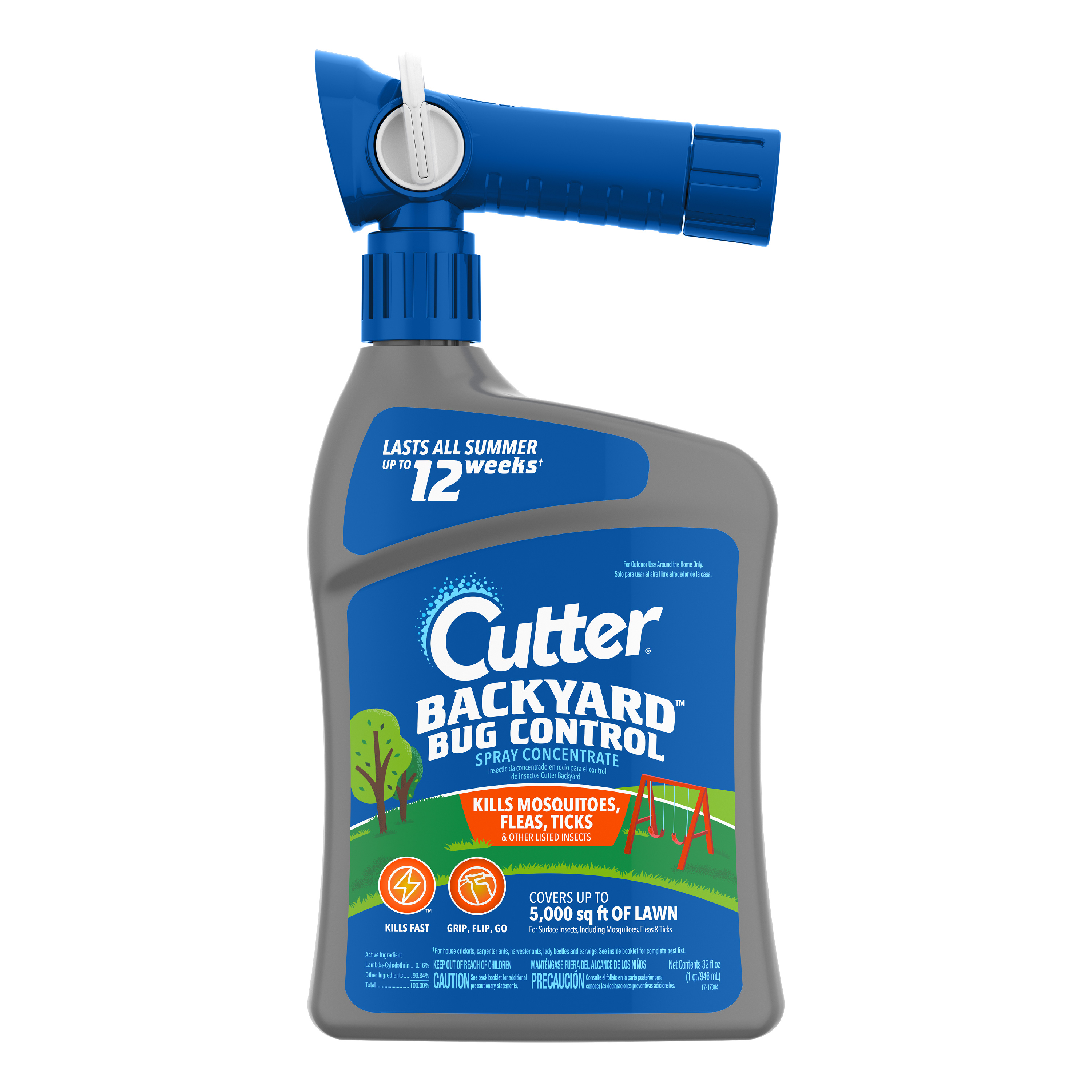
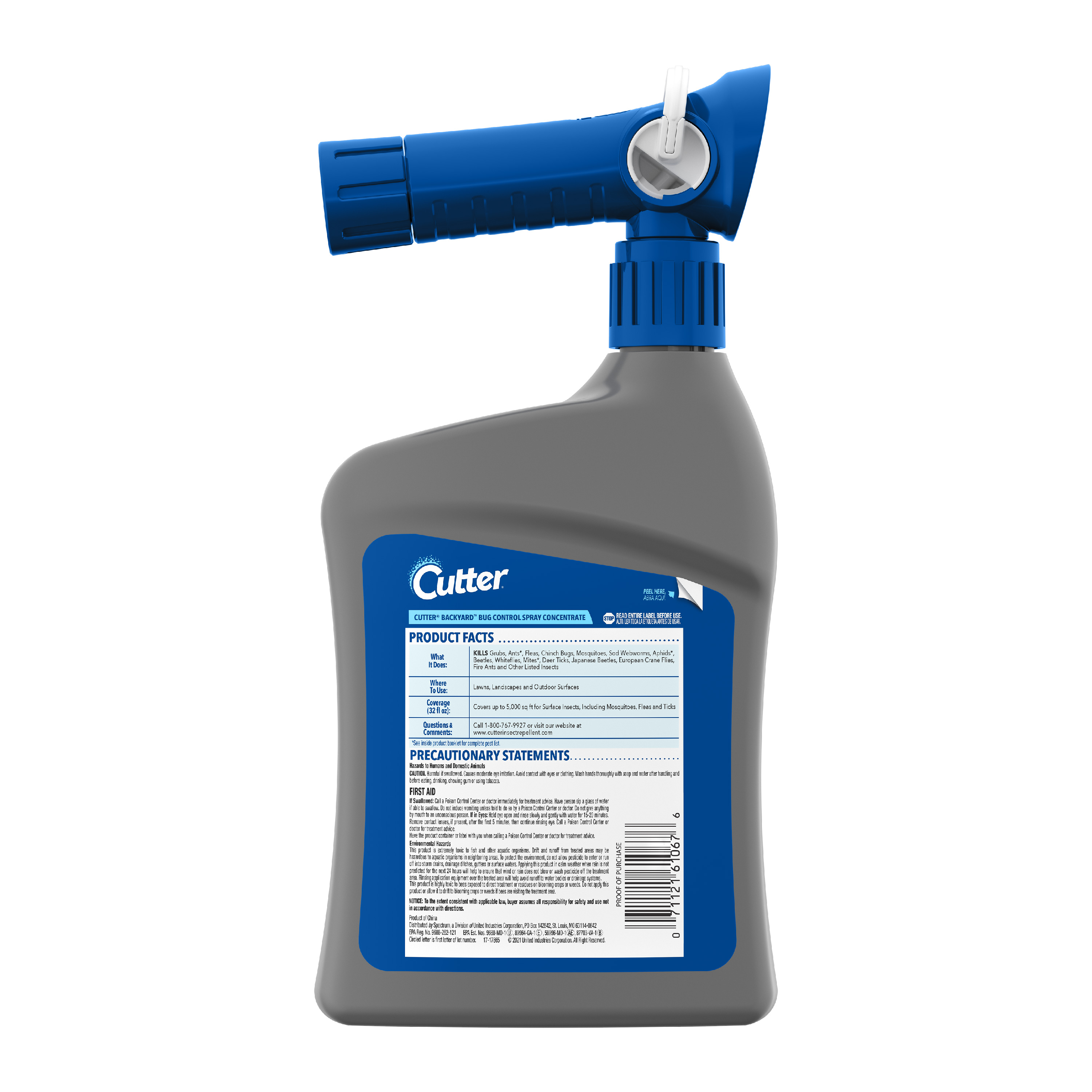
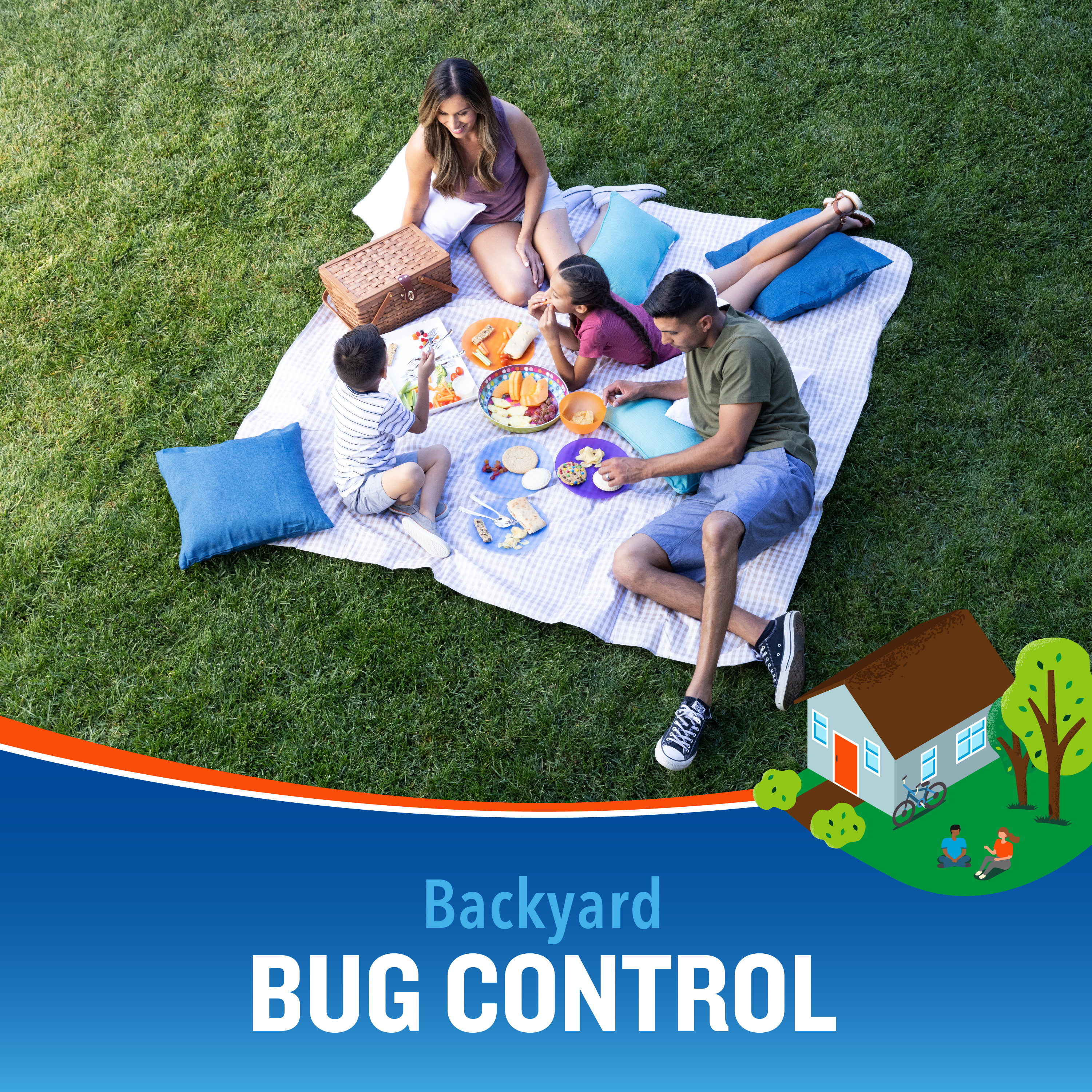
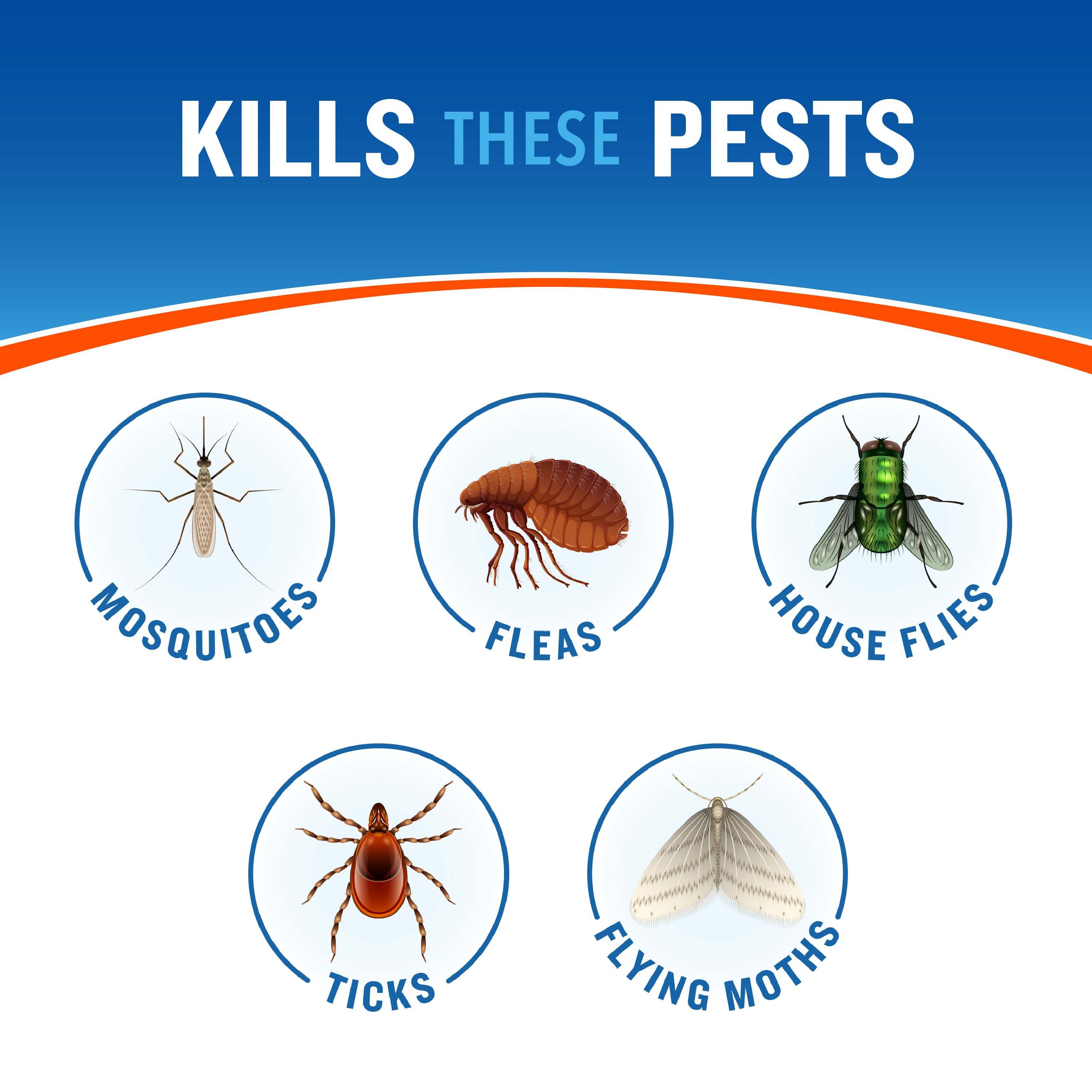
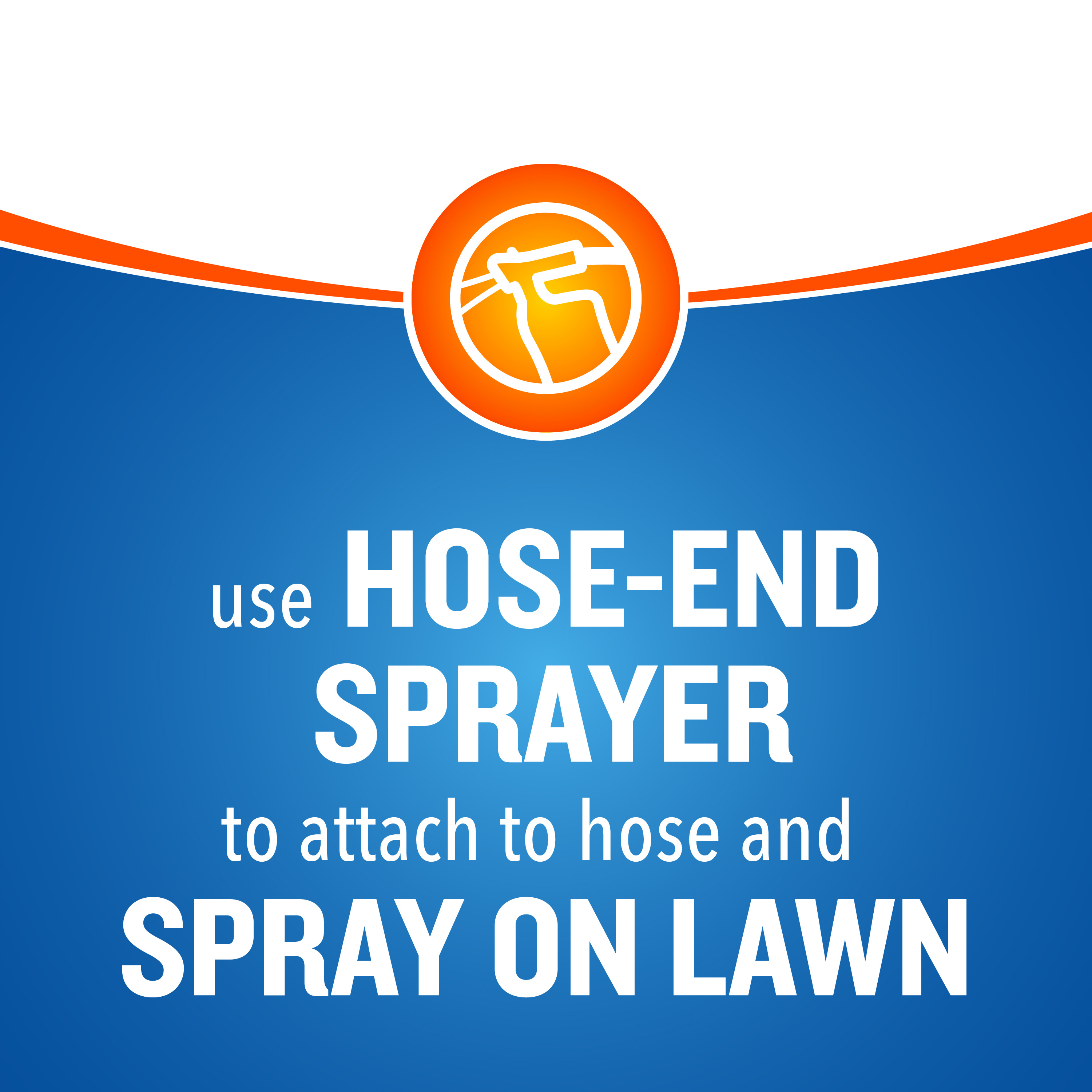
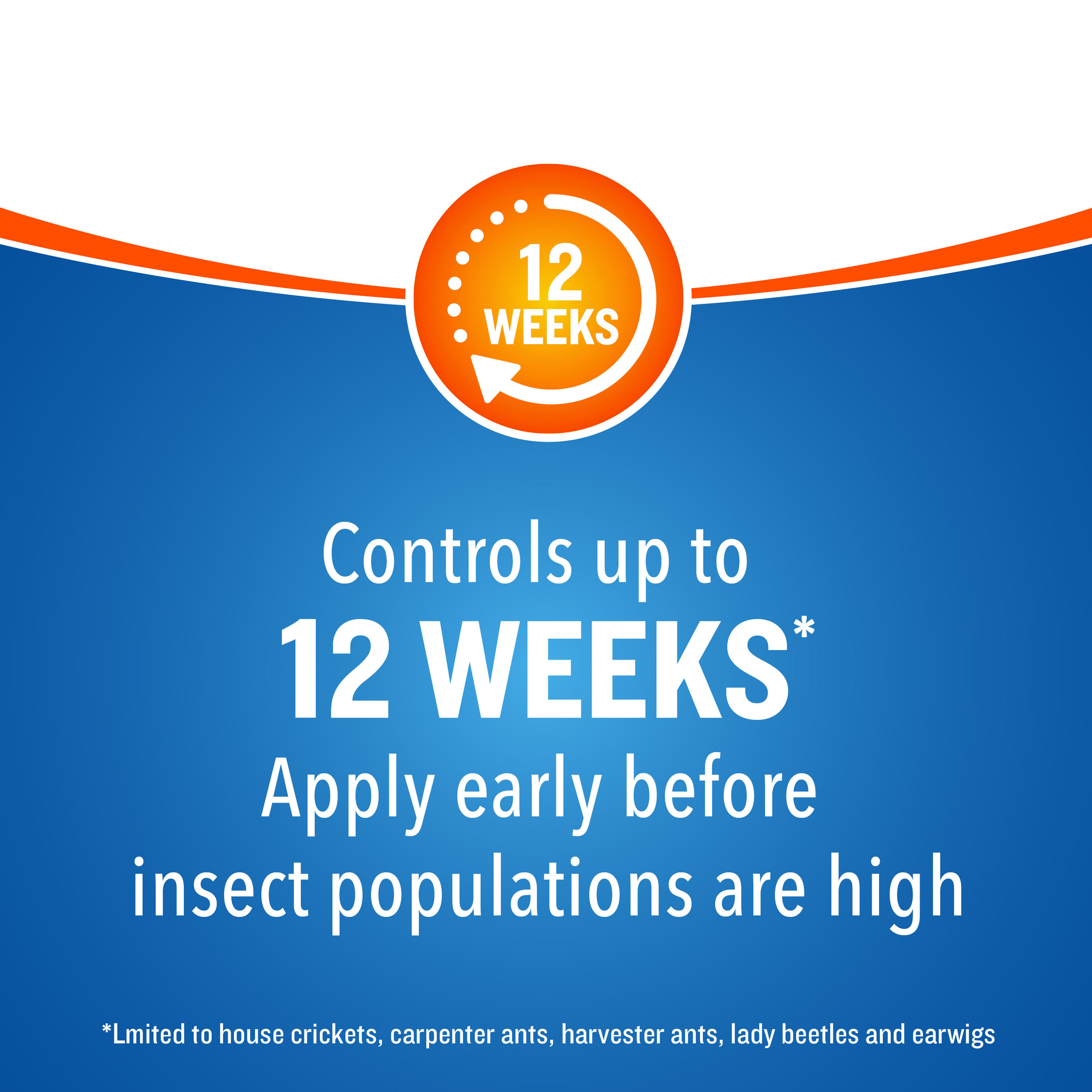
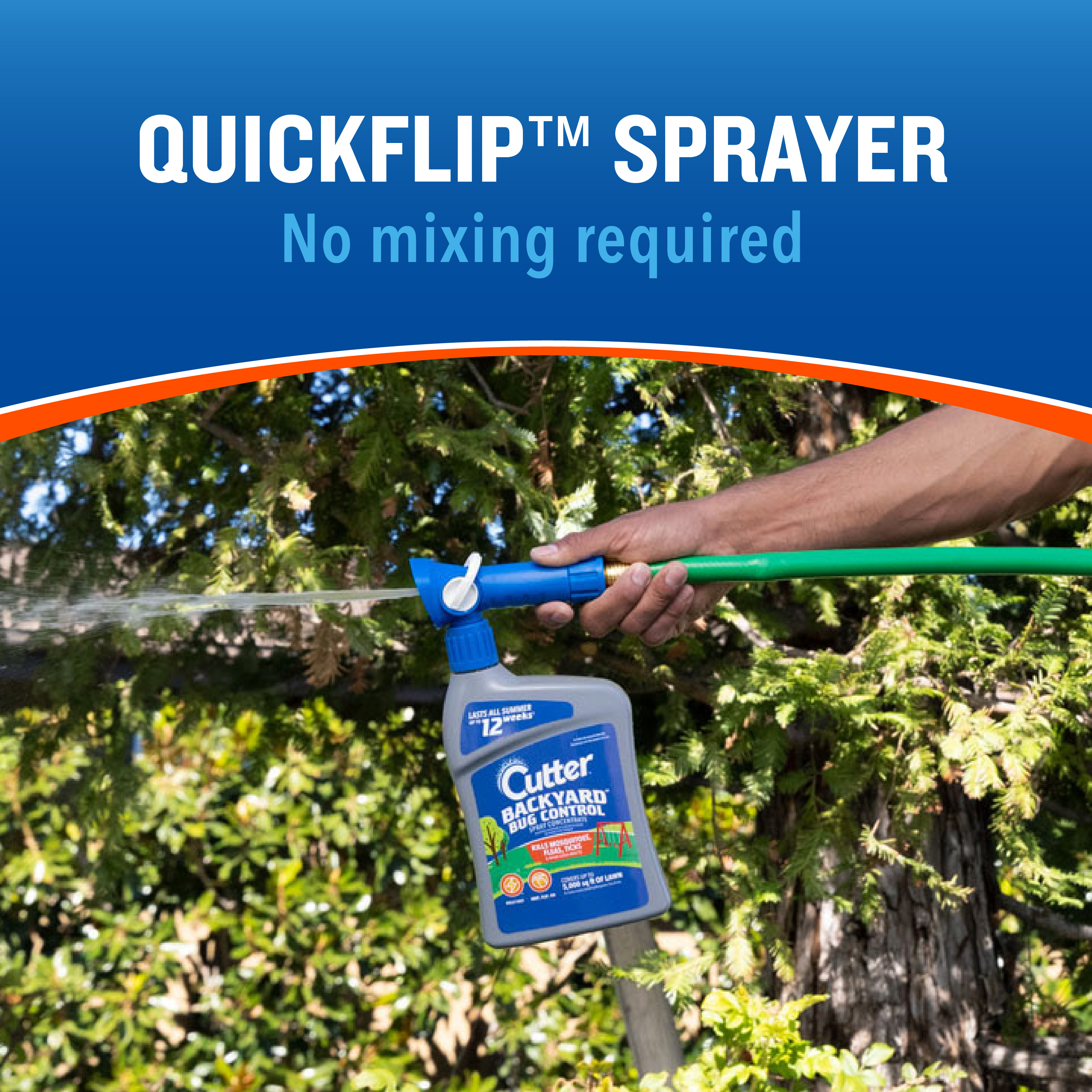
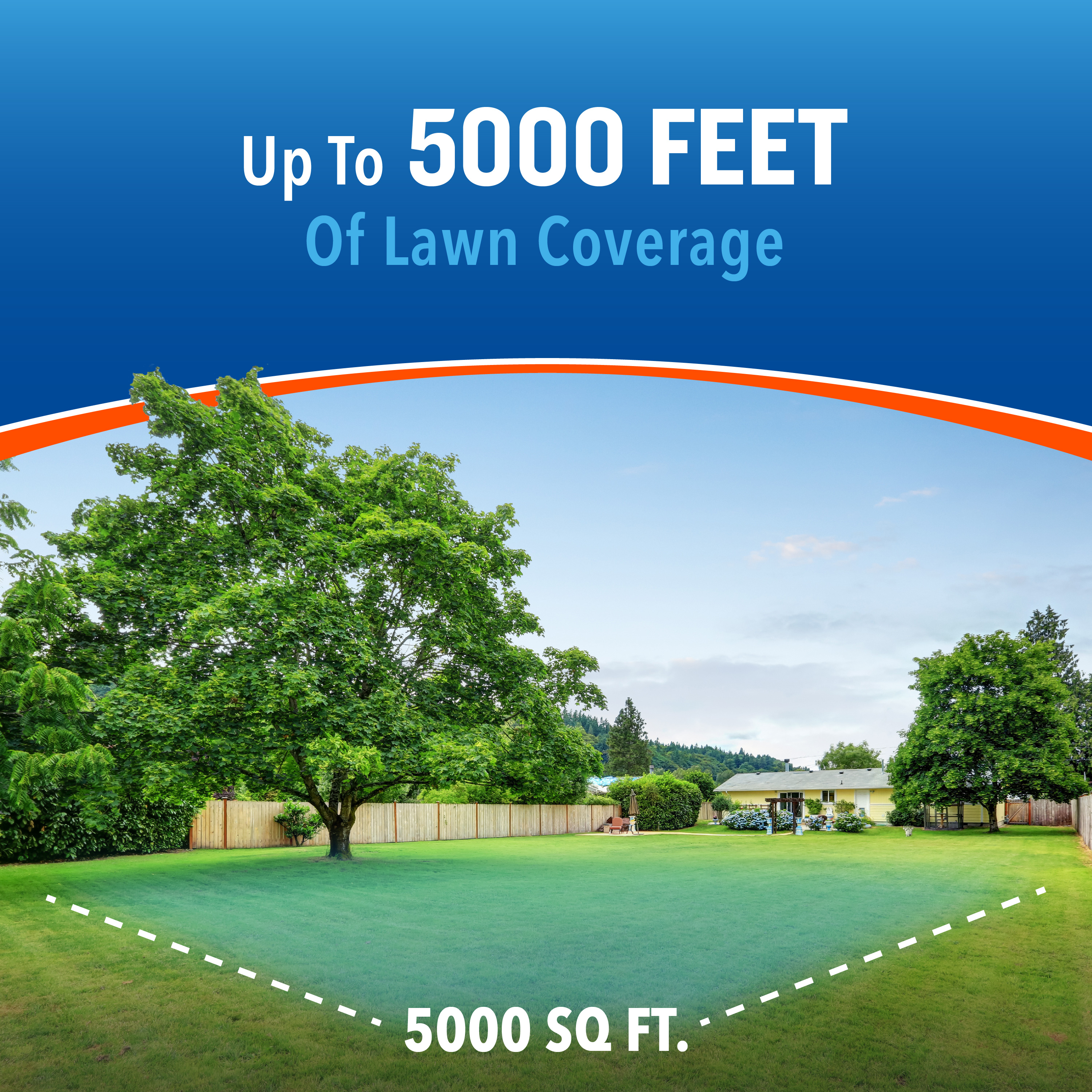
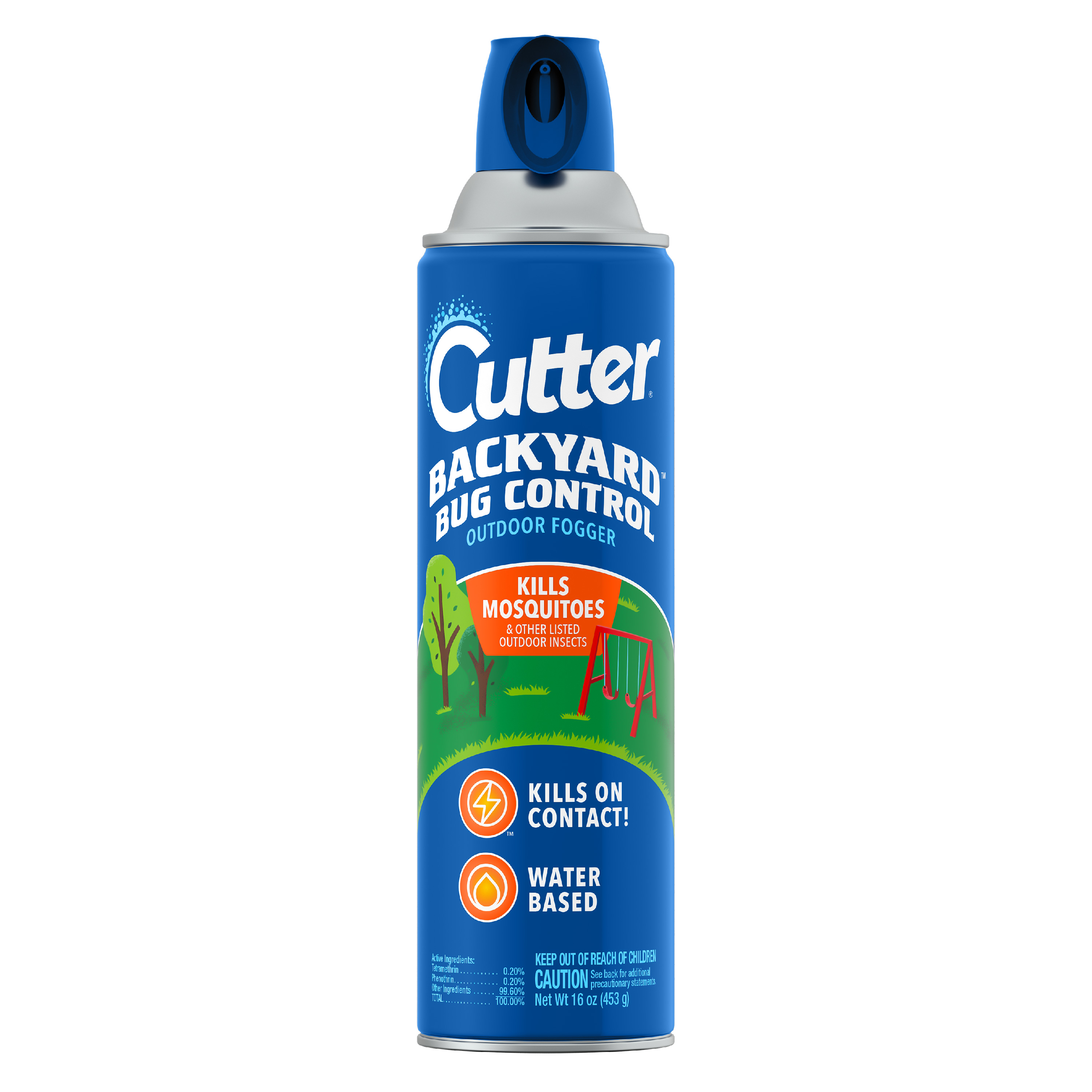

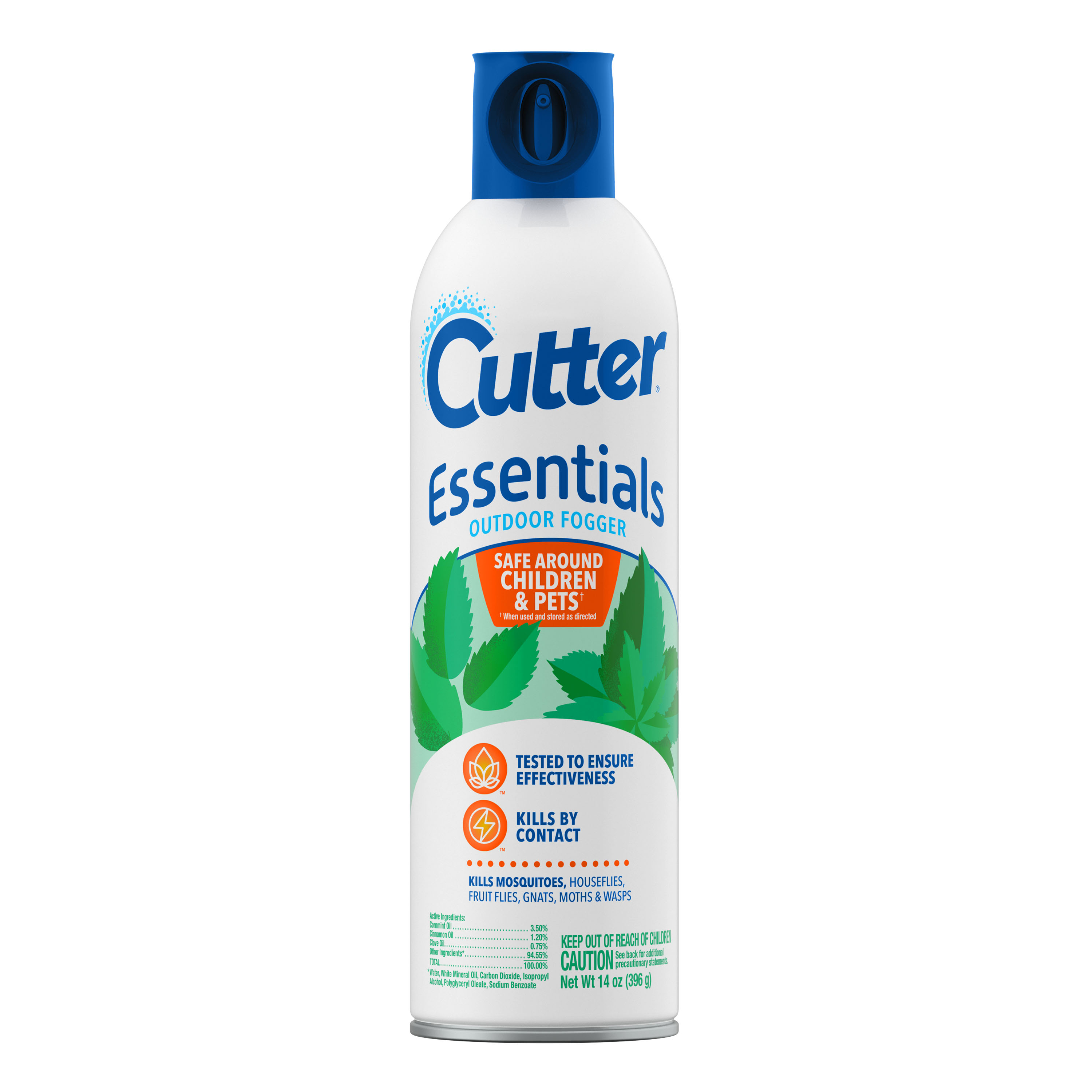


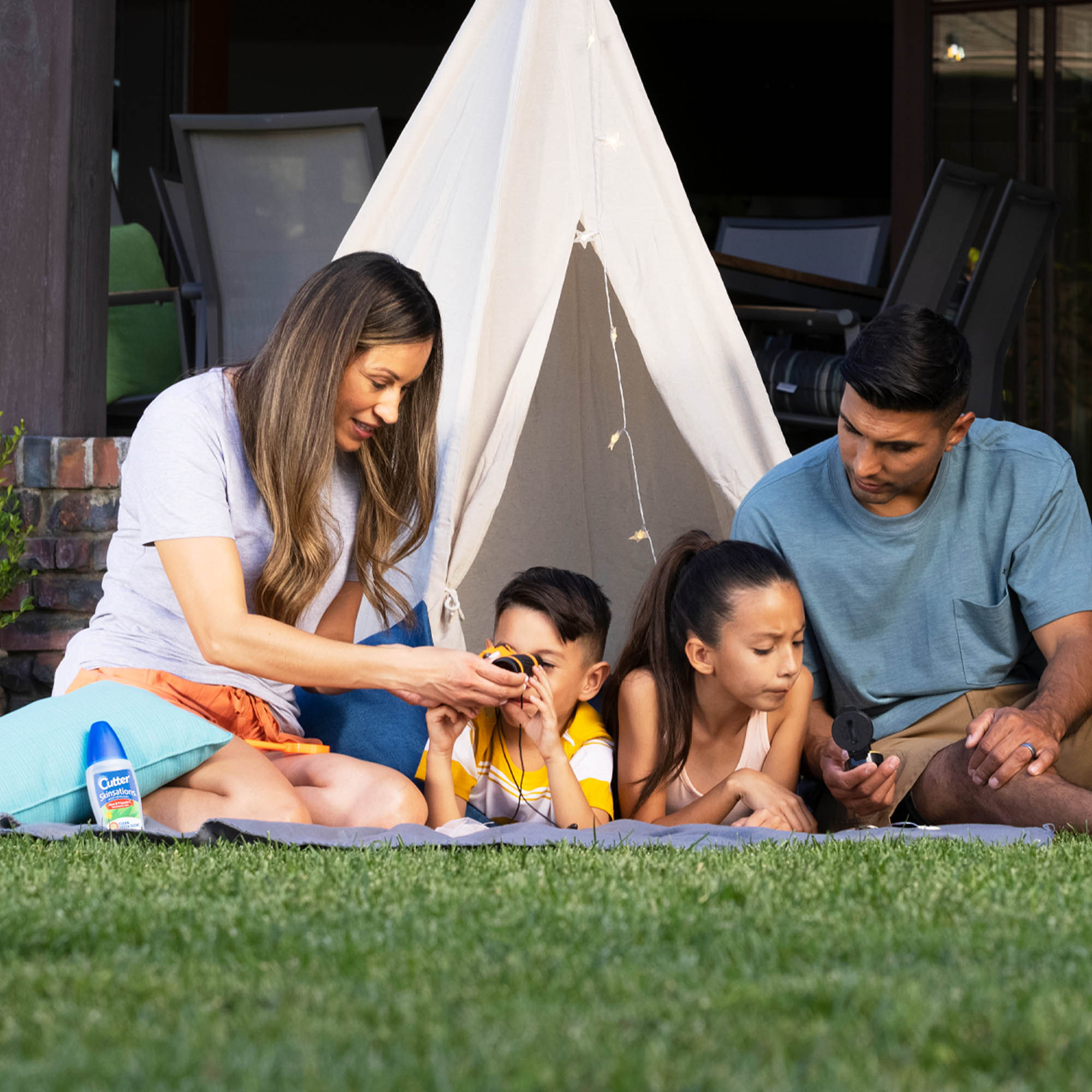
.jpg?h=3000&iar=0&w=3000&rev=0f5839f4a1b941029c7c3239ff43c690&hash=BEF4ABF81A0EC8486C2975E976394D83)
